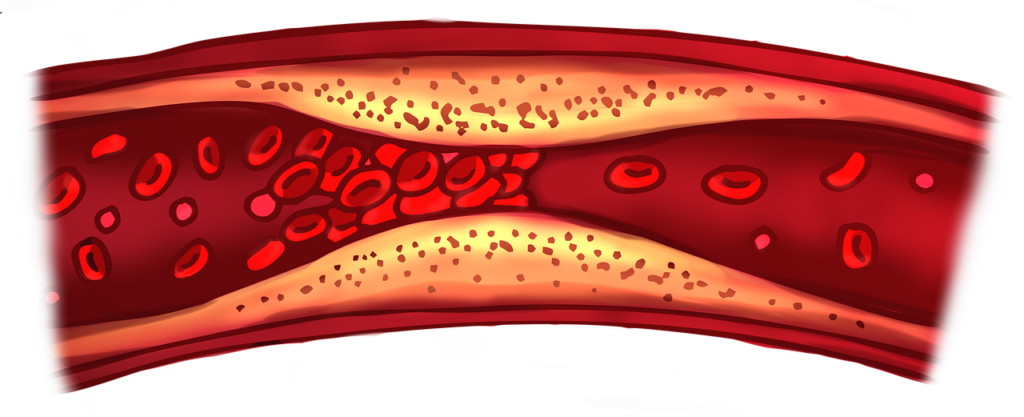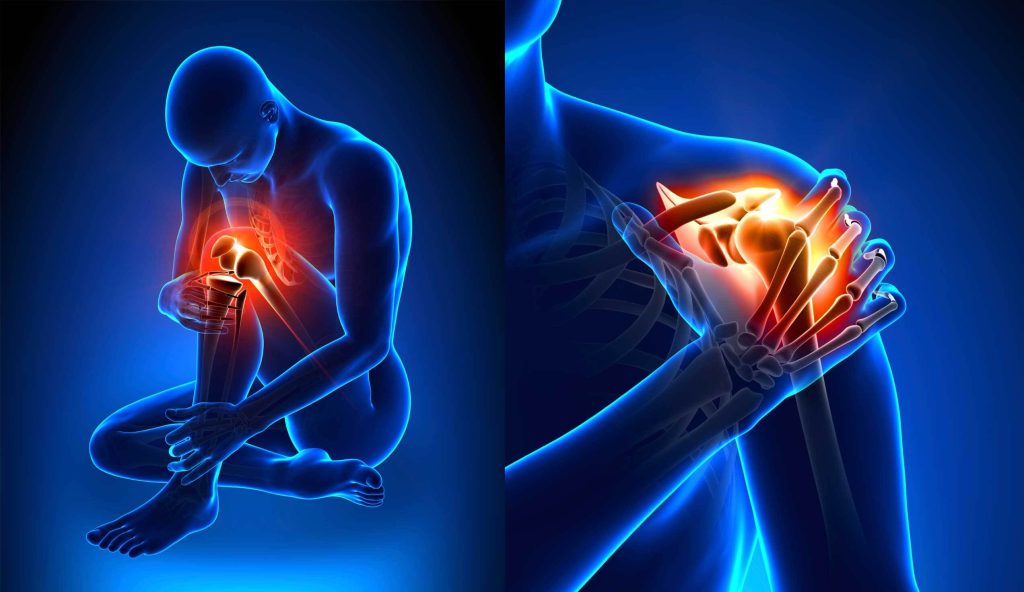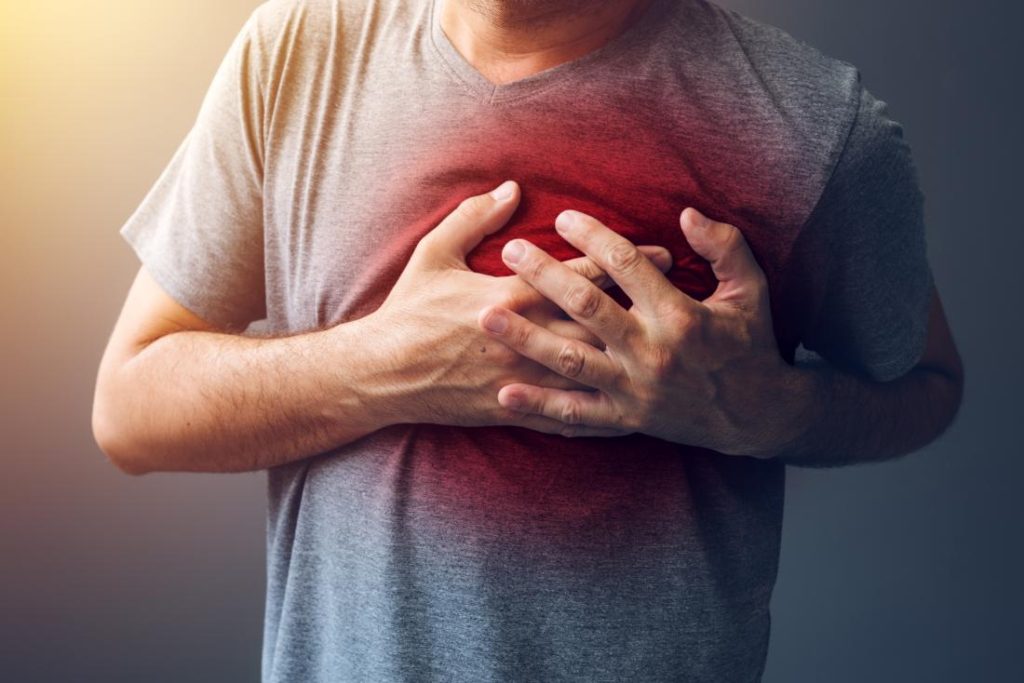
Nearly a million Americans develop blood clots each year, making it incredibly important to recognize the early warning signs. Blood clots—also known as thrombosis—can be life-threatening if they aren’t treated quickly. Below is a breakdown of how clots feel, what symptoms to look out for, and when to get medical help.
1. What Exactly Is a Blood Clot?

A blood clot is essentially a clump of blood that forms in your veins or arteries. While these clots are useful when stopping bleeding after an injury, they can turn dangerous if they develop without an obvious cause. “When blood clots form in the deeper system, they can be painful and very dangerous,” says Dr. Luis Navarro, founder of the Vein Treatment Center in New York City. These dangerous clots—called deep vein thrombosis or DVT—can restrict blood flow and lead to serious health issues.
2. Swelling in One Limb

One of the most noticeable signs of DVT is swelling in just one arm or leg. “Blood clots can block the healthy flow of blood in the legs, and blood can pool behind the clot causing swelling,” explains Dr. Navarro. According to the CDC, signs of a clot in your leg include swelling, redness, and tenderness. If you experience sudden swelling—especially if it’s painful—don’t ignore it. Call a doctor.
3. Pain in the Leg or Arm

Pain caused by DVT often shows up alongside swelling or discoloration, but it doesn’t always. Sometimes it feels like a muscle cramp or a pulled muscle. “Pain from a blood clot can easily be mistaken for a muscle cramp or strain, which is why the issue often goes undiagnosed and is specifically dangerous,” Dr. Navarro says. The discomfort usually gets worse when walking or flexing the foot—similar to the pain of a charley horse or deep muscle cramp.
4. Redness and Heat
If you notice redness and warmth in a limb, a DVT could be the cause. These clots aren’t visible like bruises, but they can cause visible changes to your skin tone. Redness is particularly common, and you might also feel the area getting hotter to the touch. Your leg may start to feel unusually warm, and you could notice a slight red or even bluish tint on your skin. While turning into Hellboy or Mystique might be fun for Comic Con, it’s not something your body should do on its own.
5. Chest Pain and Trouble Breathing

Chest pain might mean a blood clot has traveled to your lungs, causing a potentially fatal condition known as pulmonary embolism (PE). “Both a PE and a heart attack share similar symptoms,” says Dr. Navarro. PE-related pain is typically sharp and gets worse when you breathe deeply. If you also experience sudden shortness of breath and a fast heartbeat, it’s time to seek emergency care. “A blood clot in the chest area can feel like a heart attack, or can feel like a sharp and stabbing pain that gets worse with deep breaths,” says Dr. Navarro.
6. A Sudden, Unexplained Cough
If you develop a dry cough out of nowhere—especially one that comes with chest pain, shortness of breath, or a racing heart—it could be another red flag for PE. “The cough will be dry, but sometimes people can cough up mucus and/or blood,” notes Dr. Navarro. That’s a serious warning sign. Dr. Thomas Maldonado, a vascular surgeon at NYU Langone Medical Center, points out that chest pain worsened by breathing and a rapid heartbeat are typical signs of PE.
7. Fast Heartbeat and Dizziness

When a clot blocks the lungs, your heart has to work harder, which can lead to a rapid heartbeat. “Feeling a flutter in your chest and having trouble with deep breaths could be your body sending out an SOS that you’ve got a PE lurking in your lungs,” says Dr. George P. Teitelbaum. You might also feel lightheaded or faint due to disrupted blood flow and reduced oxygen. Dr. Lewis Nelson from Rutgers New Jersey Medical School explains, “The lightheadedness is due in part to the chemical released from the lungs, changes in oxygenation of the blood, and in the blood pressure and heart rate”.
Conclusion
Being able to spot the warning signs of a blood clot can save your life. If you notice any of these symptoms—especially if they show up together—don’t wait. Get medical help right away. Blood clots are serious and can be deadly if ignored.